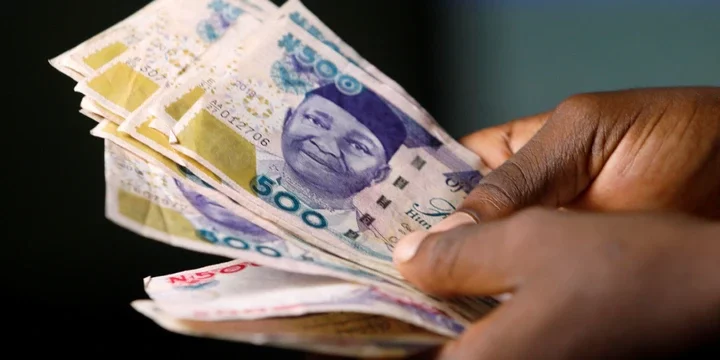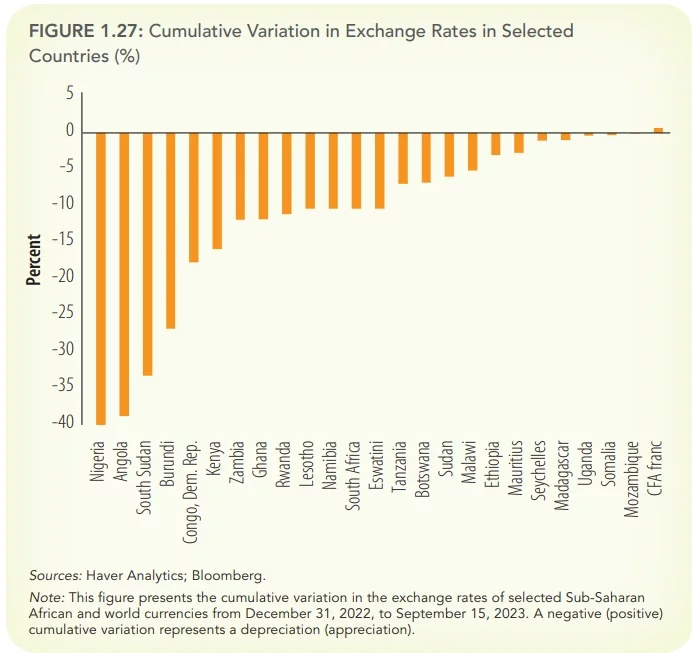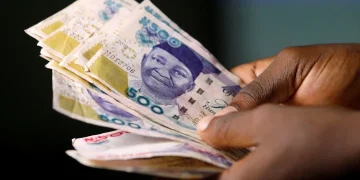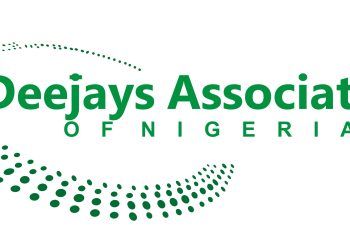

Naira is Sub-Saharan Africa’s worst performing currency in 2023 World Bank
According to a World Bank report, the Nigerian Naira is the worst-performing currency in Sub-Saharan Africa in 2023.
Africa Pulse is a bi-annual publication of the office of the Chief Economist of the World Bank Africa Region.
The report provides an analysis of the issues shaping Africa’s economy.
Other currencies with significant losses include the South Sudanese pound which has depreciated by about 33% YTD, the Burundian Franc which has depreciated by 27% YTD, the Congolese Franc (18%), Kenyan Shilling (16%), Zambian Kwacha (12%), Ghanaian Cedis (12%), and Rwandan Franc (11%).
it is noted in the report that the Naira’s depreciation has been a significant contributor to Nigeria’s inflationary pressures.
This is in line with an earlier assessment by the Nairametrics Research Team which noted that imported food inflation spiked due to the unification of the exchange rate at the official market.


What the report said
- The weakening of the naira was triggered by the central bank’s decision to remove trading restrictions on the official market. For the kwanza, it was the decision of the central bank to stop defending the currency as a result of low oil prices and greater debt payments.
In the report, it was highlighted that between March 2020 and June 2023, there was a widening disparity between the parallel market exchange rate and the official exchange rate. The disparity widened to as much as 80% in November 2022 and dropped to 60% in June 2023.
- The premium between the parallel exchange rate and the official rate widened from March 2020 until June 2023.
- Despite changing the official exchange rate to better reflect market conditions in 2021 Nigeria operated multiple currency practices the parallel rate premium continued to increase to 80% in November 2022 and then to about 60% in June 2023, as the Central Bank’s interventions to restrict foreign exchange demand and keep the exchange rate artificially low were met with declining FX supply from oil revenues.
- The prioritization of strategic sectors and the imposed price ceilings and trade restrictions pushed transactions to the parallel market, which started to account for a large share of the foreign exchange transactions in the country, including for remittances, tourism, and exports of non-oil products.
- After the unification and liberalization of the exchange rates in June 2023, the NAFEX rate converged to the parallel one, closing the gap.
- However, resistance toward the increasing pressure on the Nigerian naira coupled with limited supply of FX at the official window has led to the reemergence of the parallel market premium.
More Insights
- Over the past two weeks, the Naira has been hitting new lows, as it sold as low as N1300/$ at the black market, and N848/$ at the official market. However, within the past few days, the currency has been on an upward swing, as it appreciated to N789.84/$ on Friday.
- During the Nigerian Economic Summit organized by NESG this past week, the Minister of Finance, Wale Edun announced that the country was expecting a forex inflow of $10 billion to improve forex liquidity in the Nigerian market. In line with his announcement, the government recently that it was securitizing $7 billion of its dividends from NLNG as well as expecting a $3 billion crude repayment loan from AFREXIM Bank




















![[MUSIC] Shabalinko – Shake It To The Max (Remix) 21 Shabalinko Shake It To The Max (Remix) Mp3 Download](https://africanbox.com.ng/wp-content/uploads/2025/06/IMG-20250608-WA0009-2-75x75.jpg)
















